Baijnath Temple is one of the most popular temples in Himachal Pradesh. It is situated on the banks of river Beas, in the lap of beautiful snow-capped Dhauladhar Himalayan Range. The Lord Shiva deity is worshipped here as “God of Healing” also known as Vaidayanath or more popularly known as Baijnath, on whom the name of the town is based.
Where is Baijnath Temple Located?
Baijnath temple, the 13th-century architectural site is located in the small town of Baijnath in Kangra district of Himachal Pradesh, and is about 50 kilometers from Dharamshala. This town is located on the Pathankot-Mandi Highway (NH20) of Himachal Pradesh. The place is accessed from Delhi, Chandigarh, and Pathankot by roads. The distance of Baijnath from Delhi is 520 kilometers, from Chandigarh is 250 kilometers and 115 kilometers from Pathankot. Frequent HRTC bus service is available on these routes. The nearest Railway station is Baijnath-Paprola on the Pathankot-Baijnath narrow-gauge railway line. Similarly, the nearest Gaggal Airport is about 50 km from the temple.
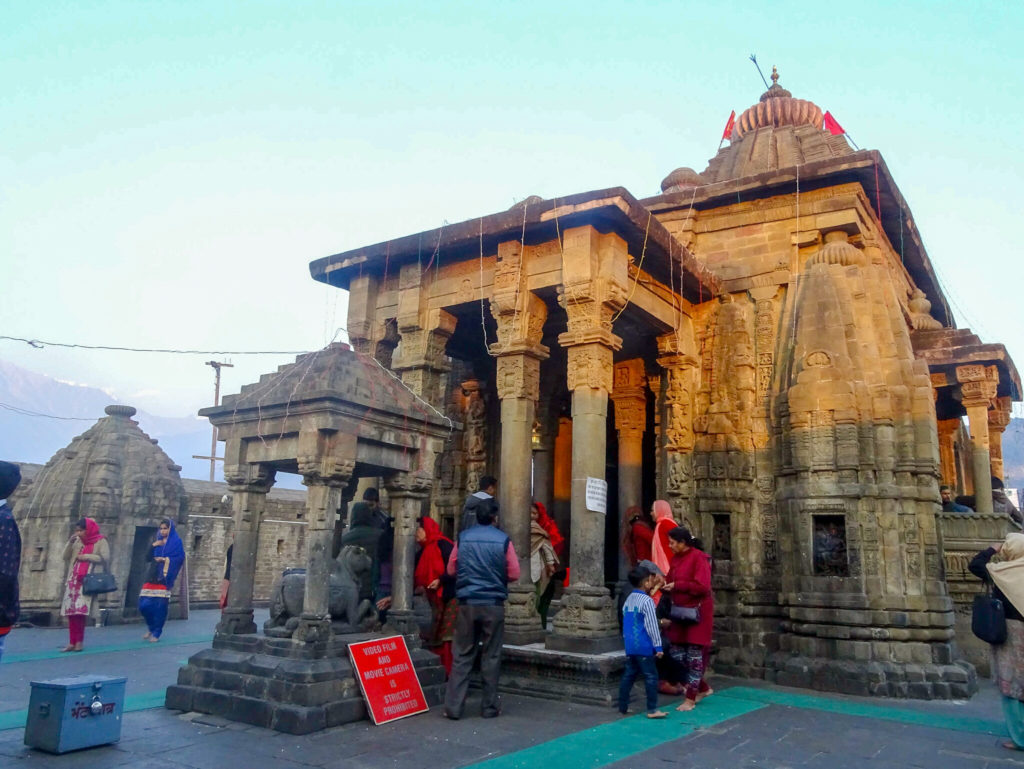
History of Baijnath temple
God of Healing: Baijnath temple was built by two native merchants Ahuka and Manyuka in 1204 A.D, who were affectionate devotees of Lord Shiva. The temple is dedicated to Lord Shiva who is worshipped as ‘God of Physician or Healing’. Baijnath also knows as Vaidyanath is an avatar of Lord Shiva and, the avatar rids his devotees from all the pain and miseries, as a result, many devotees come here from all around the world every year. It is also believed that the water of this temple has medicinal value and has the power to heal and cure illness and diseases.
Story of Baijnath Temple
There are several versions of the story related to Lord Baijnath but the famous story is of the demon king Ravana, about his self-punishment to obtain invincible power to rule Lanka. The demon king Ravana, a great devotee of Lord Shiva, performed an offering in the Himalayas, in the name of Lord Shiva by cutting off his ten heads and sacrificing them in the fire, as a part of his prayer.
So, Lord Shiva was very pleased by the devotion of Ravana and granted him supreme strength and wisdom to rule the land of Lanka and also fixed all his ten heads. For this reason, Lord Shiva is called as the ‘God of Healing’.
Overwhelmed by Lord Shiva’s kindness, Ravana requested Lord Shiva to accompany him to Lanka, as a result of which Lord Shiva turned himself into a Shivaling and asked him to carry the Shivaling and warned him not to put the Shivaling on the ground till they reach Lanka, and if he put the Shivaling down in between, then Lord Shiva will rest there only.
So, Ravana started moving towards the south, while moving he started feeling thirsty and rested at this place and he saw a shepherd (who was actually Lord Ganesha) and asked him for water. Lord Ganesha gave him the water, after drinking water Ravana felt the urge to answer nature’s call. So he gave the Shivaling to Ganesha and went away, while he was gone Ganesha put the Shivaling on the ground and hence, Shivaling got established at this place called Baijnath and the temple is known as Baijnath Temple. As a result of which Ravana is also worshipped here and the festival of Dussehra is celebrated here but no effigy is burnt here unlike all other places.
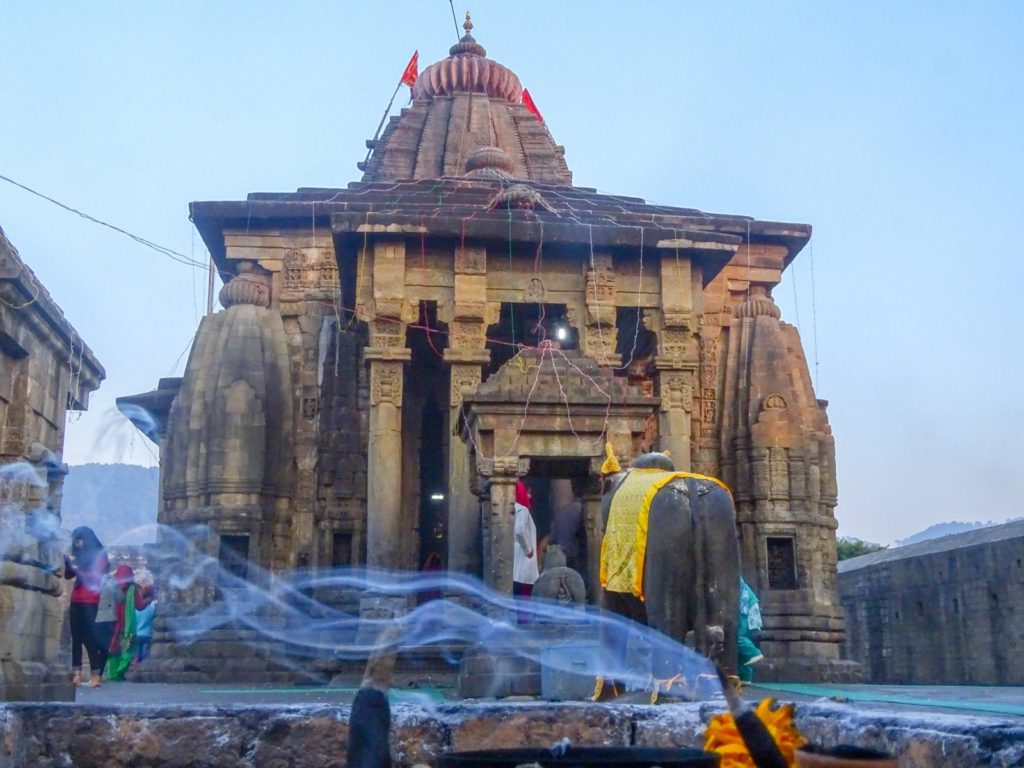
Architecture of Baijnath Temple
The architect of this ancient temple is inspired from the early medieval North Indian architecture knows as Nagara Style of the temple. There are two entrances to the temple, north, and south; the temple consists of shikhara i.e. the temple tower having a vestibule, a mandapa i.e. the main hall and a sanctum. At the entrance of the temple, there is small portal having four small columns, where there is a statue of Nandi (the vaahan of Lord Shiva) facing towards Lord Shiva in the inner sanctum where the Shivaling is sited. The inner and outer walls of the temple are beautifully carved with the sculptures of Hindu Gods and Goddesses, which makes it a beautiful shrine to visit. It is also believed that the temple can never be damaged if any, earthquake happens.
Mahashivratri is massively celebrated in the temple for five days, and the temple is decorated with flower garlands and lights. The Shivaling is decorated with tons of pure ghee and dry fruits. People from many places come to celebrate the festival and get blessings from Lord Shiva. On the last day, the ghee is distributed among the devotees which serve to heal many skin diseases.
Tourists Attractions Near Baijnath Temple
Beside the main temple, There are several tourist attractions near Baijnath Temple where people can visit: Bir-Billing, Palampur, Kangra Fort, Sobha Singh Art Gallery, Palpung Sherabling Monastery, Mahakal Shiv Temple, Triund, Chamunda Devi Temple, Dharamshala, McLeod Ganj, Andretta village. With so many tourist attractions nearby, Baijnath Temple is a great destination for those seeking spiritual enlightenment as well as those looking for adventure and natural beauty.




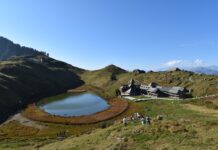

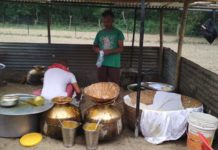

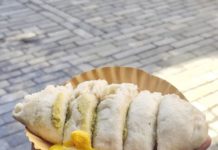



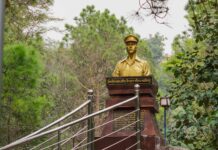
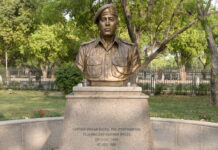


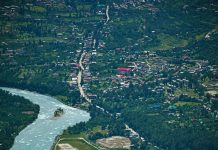
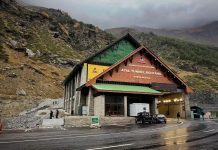

![Himachal Day: Read All About Himachal Pradesh day [15 April] Himachal Pradesh Day - BeingPahadia](https://www.beingpahadia.com/wp-content/uploads/2025/02/Himachal-Pradesh-Day-BeingPahadia-218x150.png)



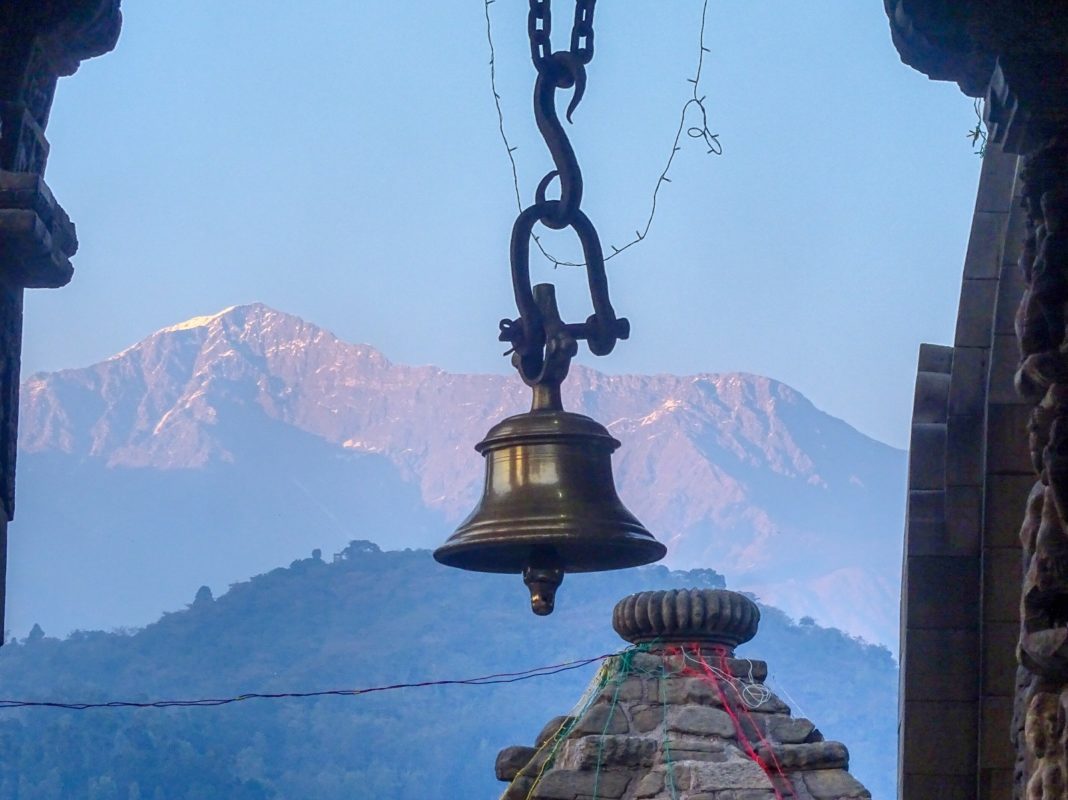
![Sidh Baba Balak Nath Shahtalai Temple in Deotsidh [Guide] Baba Balak Nath Temple Deotsidh](https://www.beingpahadia.com/wp-content/uploads/2023/04/Baba-Balak-Nath-Temple-Deotsidh-e1681616986690-100x70.jpg)

